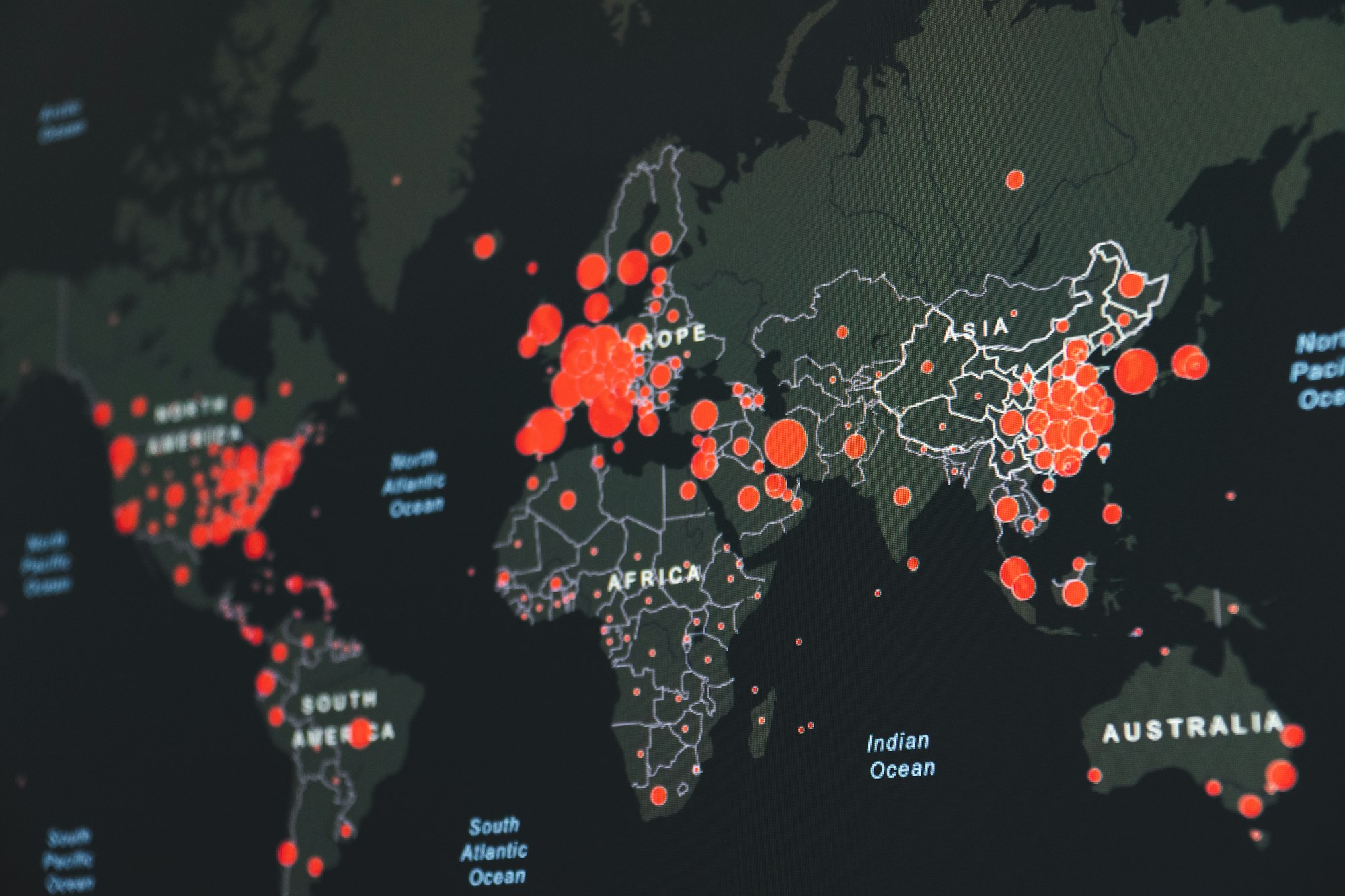How much research has been done on flipped learning?

This (the title of this post) is a question I get a lot, especially when I am doing workshops. That question can be asked out of genuine curiosity ("This flipped learning thing sounds interesting, has anybody done controlled studies or peer-reviewed case reports about it?") or jaded cynicism ("This flipped learning business is a bunch of bunk and I am going to be smug and demand evidence purely to get you to admit that it's just a fad."). My answer to that question had always been: The body of peer-reviewed literature on flipped learning is small, but emerging and growing every day. That's what my answer had been until just a few minutes ago, when I put together some data about publications in flipped learning that, frankly, really surprised me.
What's happening this morning is that I am working on my flipped learning book and a chapter on the history and theory behind flipped learning. I am trying to make a timeline that shows when the major publications and events happened in flipped learning's 20-ish year lifespan so far. So, I went to ERIC and started doing a series of searches using the query:
(title:"flipped learning" or abstract:"flipped learning") and (pubyear:2000)
What this particular query does is return all the publications in the ERIC database (mostly articles from scholarly journals) that have flipped learning in either the title or the abstract, and which were published in 2000. I ran 16 versions of this query for the years 2000 through 2015, then 16 more with flipped learning replaced by flipped classroom, then 16 more using inverted classroom. As I mentioned, these are the three most popular terms used to describe the flipped learning concept. And I checked the button on ERIC for "peer-reviewed only" to screen out the numerous popular articles that would be in the database, to focus only on "scholarly" articles in the sense of having been peer-reviewed[1].
So the data I gathered give me the number of articles, per year from 2000 to 2015, that are in ERIC, are peer-reviewed, and have "flipped learning" or "flipped classroom" or "inverted classroom" in either the title or abstract. Here are the results in a chart:
The obvious exponential growth is surprising, even mind-blowing. I think those of us who are close to flipped learning had some sense that the body of literature is growing, but I underestimated how rapid that growth was.
Some notes and takeaways:
- Keep in mind that the term "flipped" as it is used to refer to flipped learning wasn't popularized until 2010. The term "flipped whatever" didn't even exist until then for all practical purposes, so of course there's no research referring to it[2].
- The two publications for "inverted classroom" way back in 2000 were both by Lage, Platt, and Treglia.
- Unfortunately ERIC doesn't include one of the seminal "papers" in the literature, namely Jeremy Strayer's 2007 Ph.D. dissertation from Ohio State[PDF] which was one of the first, if not the first, contolled studies of flipped learning. I think it you included Master's and Ph.D. theses in the mix, there would be a bump between 2007-2010 for most of these graphs (and would explain some of the acceleration in publication that happened around 2012).
- The rate of publications really started to take off in 2012. Know what else happened in 2012? The publication of Jon Bergmann and Aaron Sams' book Flip Your Classroom. It's hard to believe that the uptick in publications isn't correlated in some way.
- In case you were wondering, so far in the first five months of 2016, the numbers are 2 publications for "inverted classroom", 4 for "flipped learning", and a whopping 32 for "flipped classroom". 38 publications total in just the first five months of this year! At this pace, we may be witnessing a kind of Moore's Law for flipped learning publications startig to unfold.
I continue to hear this notion that there's no research basis for flipped learning. It even shows up in otherwise excellent peer-reviewed articles[3] Let's be clear: This is a meme, not a fact. It may have been true 3--4 years ago, but it's not true now. In fact one of the hardest things about studying or writing about flipped learning is keeping up with the rapid pace of scholarship being produced.
I'm well aware that being peer-reviewed in and of itself is not a perfect measure of "scholarliness". So this is just a crude filter that approximates the idea that I'm looking only for scholarly articles and not op-ed columns and so on. ↩︎
However, interestingly, today I learned there is a mention of "the classroom flip" dating back to 2000, in a conference presentation shortly following the publication of the seminal Lage, Platt, and Treglia paper. So the term "flip" was not, as I wrote yesterday, first used by Daniel Pink; it was, however, made insanely popular by him. ↩︎
Abeysekera, L., & Dawson, P. (2015). "Motivation and cognitive load in the flipped classroom: definition, rationale and a call for research". Higher Education Research & Development, 34(1), 1–14. http://doi.org/10.1080/07294360.2014.934336 Again this is a really good article, and the claim that "there is very little research" in this area might merely reflect a time delay in the publication of the article. If the article was written in 2013 and not published until 2015, then definitely there was not a lot of research up to that point. My suspicion here is underscored by the observation they go on to make that "a search of the ERIC database finds only eight articles that use the phrase [flipped classroom] in their title, abstract or keywords, and only two are peer reviewed" (p. 2) which is, as you can see, definitely not the case now. ` ↩︎


